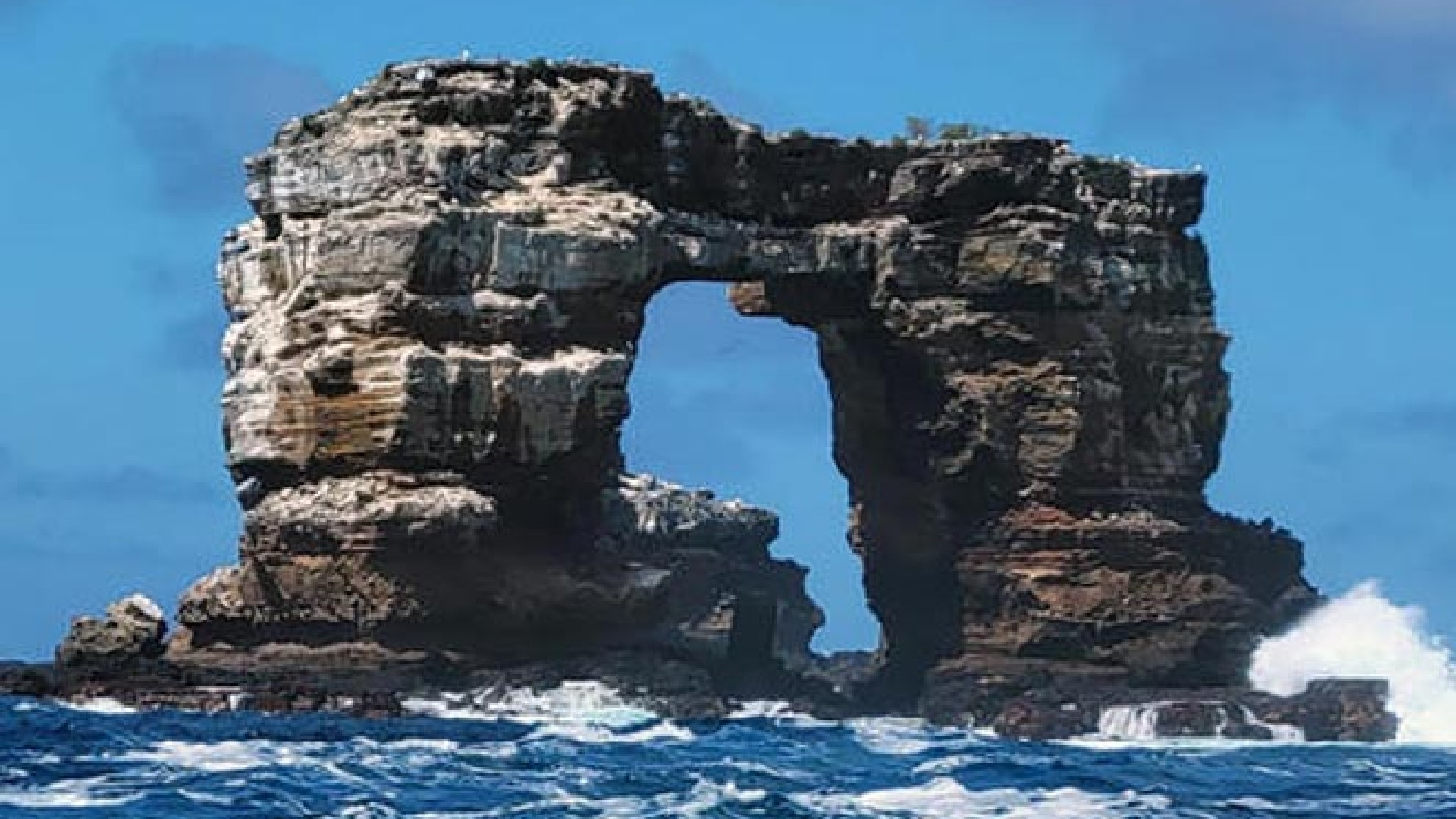If you love travelling or have some interest in it then you must be aware of the famed Darwin’s Arch in the Galapagos Islands. The latest update on it is that it has now broken and it is a loss for us all indeed.
The famous arch lost its top and the officials are blaming natural erosion of the stone. Taking to their Facebook page, Ecuador’s Environment Ministry reported the collapse saying: “We report that the iconic Arc of Darwin collapsed,” it said in Spanish.
Many pictures and videos have gone viral over social media and it is truly disheartening considering some of us learnt about it in school, saw it on channels like Discovery as well.
The ministry shared images of rubble from the arch’s curvature in the ocean. The rock structure is 141 ft high, 230 ft long and 75 ft wide and less than half a mile from Darwin Island. As reported by the Reuters, it’s a popular spot for many photographers, cruise ships and scuba divers. However, iit was never accessible by land and tourists.
“Obviously all the people from the Galapagos felt nostalgic because it’s something we’re familiar with since childhood, and to know that it has changed was a bit of a shock. However, from a scientific point of view, it’s part of the natural process. The fall is surely due to exogenous processes such as weathering and erosion which are things that normally happen on our planet,” said Washington Tapia, director of conservation at Galapagos Conservancy.
The remote islands are rich in unique flora and fauna, located 600 miles off the coast of mainland Ecuador. They infact are famous for inspiring Charles Darwin’s thoughts on evolution.
It is not just an arch but it also has a huge variety of underwater life around it which includes schools of hammerhead sharks as shared by Reuters.
When this pandemic is over, we must make it a point to travel the world and see it all before global warming, natural soil erosions and disruptions take them all away.
